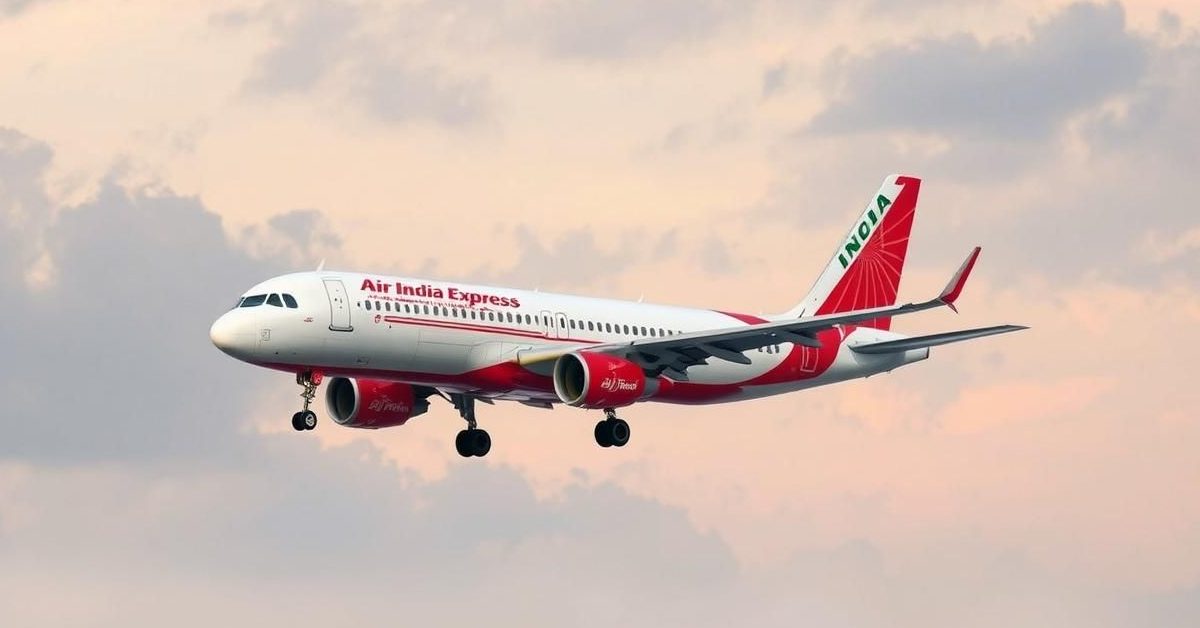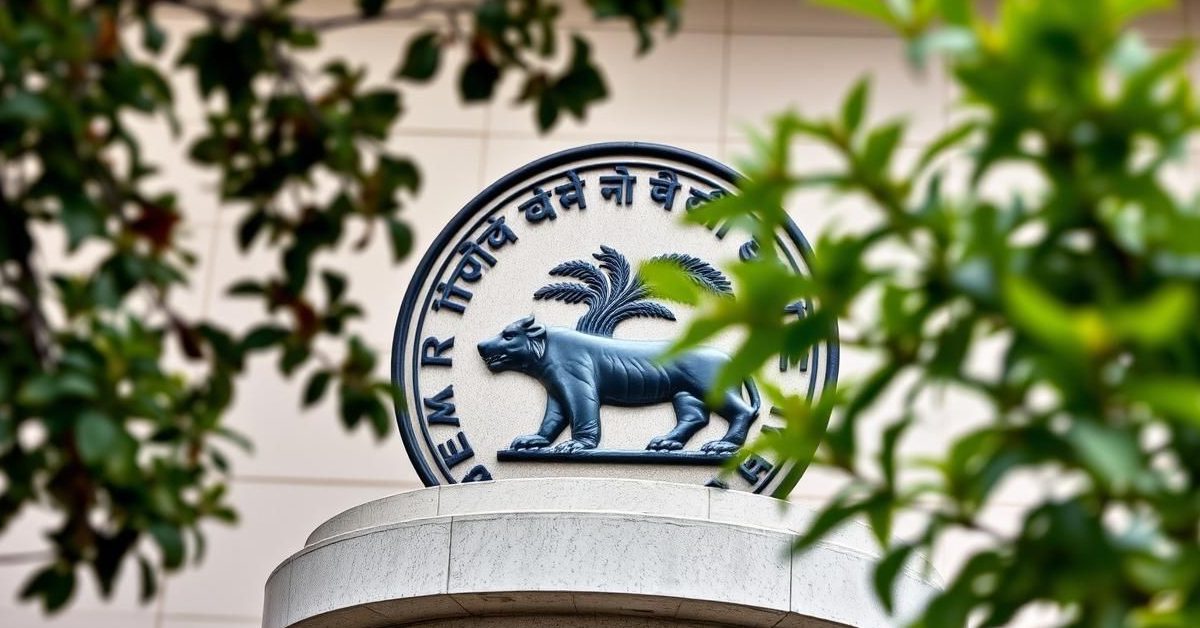India’s public sector banks (PSBs) are seeing a positive trend with a significant drop in their bad loans to Micro, Small, and Medium Enterprises (MSMEs), though the smallest businesses still face considerable stress.
A Positive Trend in MSME Lending
Data shared by the Finance Ministry in the Rajya Sabha reveals a steady improvement in the loan health of public sector banks. The gross Non-Performing Asset (NPA) ratio for MSME loans has notably decreased to 6.18 percent at the end of 2024-25. This is a substantial drop from 7.99 percent a year ago and a high of 12.8 percent in March 2022.
This decline is due to a two-fold effect: more loans being extended to MSMEs and a reduction in the total amount of loans going bad. For instance, state-owned banks’ loans to MSMEs grew by 11.3 percent year-on-year, reaching Rs 13.07 lakh crore by March 31. Simultaneously, the value of non-performing MSME loans fell by 14 percent from the previous year, settling at Rs 80,749 crore.
Stronger Performance for Small and Medium Businesses
The improvement in bad loans has been primarily driven by better performance from small and medium-sized enterprises. The total amount of bad loans within the MSME sector is down by 22 percent compared to March 2023.
For small enterprises, bad loans stood at Rs 19,677 crore as of March 31, a significant 28 percent reduction year-on-year. Medium-sized enterprises also saw a positive shift, with bad loans at Rs 8,553 crore, down 30 percent from the previous year.
The Stubborn Challenge: Micro Enterprises
However, the picture is less rosy for micro enterprises. The decline in NPAs for this segment has been considerably smaller, with bad loans only falling by 3 percent year-on-year to Rs 52,519 crore by the end of 2024-25. This is concerning given that micro enterprises account for a much larger share of the overall bad loans within the MSME sector.
The Reserve Bank of India (RBI) recently highlighted this issue in its Financial Stability Report. The report noted that credit to micro enterprises, which make up 49 percent of total MSME credit, showed weaker growth compared to small and medium businesses.
The RBI also pointed out that while the share of “sub-prime” borrowers (those with a poor track record of loan repayment) in the overall MSME portfolio has decreased, PSBs still have a higher proportion of such risky borrowers in their MSME lending compared to private banks and non-banking financial companies (NBFCs).
Understanding the Causes of Bad Loans
Minister of State for Finance Pankaj Chaudhary explained that various factors contribute to NPAs in the MSME sector. These include the financial health and performance of the borrowing entity itself, broader macroeconomic conditions, specific industry challenges, and the global business environment.
- Public sector banks’ MSME bad loan ratio has fallen significantly to 6.18 percent.
- This improvement is largely due to reduced bad loans from small and medium enterprises.
- Micro enterprises continue to be a concern, with a much smaller reduction in their bad loans.
- PSBs have a higher share of “sub-prime” borrowers in their micro enterprise portfolios.
While the overall trend is positive for India’s public sector banks and their MSME portfolios, the data underscores the need for continued focus and support for the smallest businesses to ensure their financial stability.














